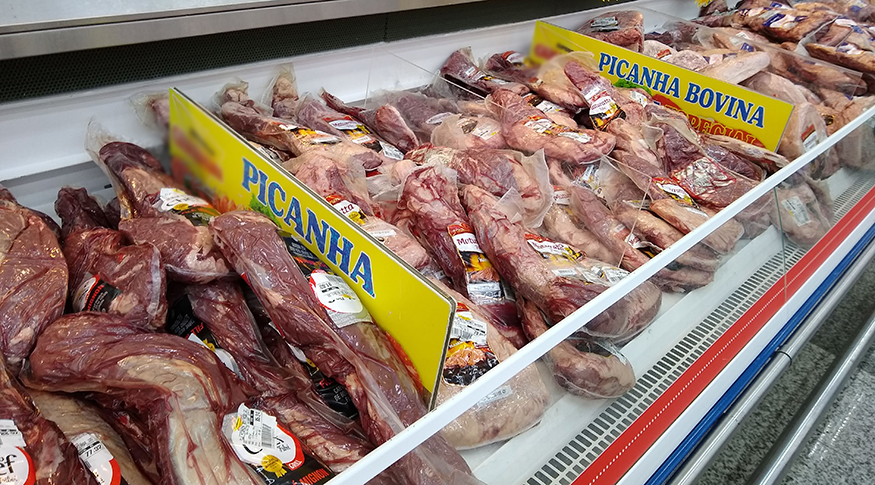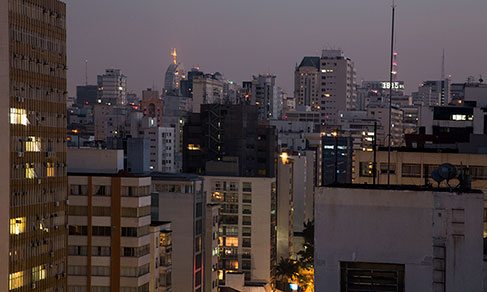Producer Price Index
Food products drive industry prices up 1.32% in March
April 30, 2020 09h00 AM | Last Updated: April 30, 2020 05h03 PM

Industry prices increased by 1.32% in March 2020, compared to the previous month, after increasing 0.35% in January and 0.81% in February, according to the Producer Price Index (IPP), reported today (30) by the IBGE. The result was pushed by the food sector, mainly beef, whose prices had the greatest change in the time series (6.68%), which started in January 2014. The mining industry, with a deflation of 17.12% in the month, held the growth in the month, as well as petroleum refining and ethanoll products (-0.97%).
The IPP measures the fluctuation of product prices at the "factory gate", excluding taxes and freight, from the mining and quarrying industry and 23 sectors of the manufacturing industry. With the result of March, the cumulative index for the year reached 2.50%, against 1.16% in February. The cumulative index in 12 months (March 2020 against March 2019) reached 6.45%, compared to 6.73% in February.
Food had the greatest positive change in the time series, with 6.16%. “The food industry saw an increase in the prices of meat, soybean meal, milk and granulated sugar, largely due to the depreciation of the real, national currency, against the dollar, which was 12.5% in that month alone. These products are often linked to exports. So, as the dollar increased, the values also increased”, explains IPP manager, Manuel Campos Souza Neto.
With the biggest negative price change in the survey (-17.12%), in March, the prices of the mining and quarrying industry fell influenced by the drop in the prices of crude petroleum oil and iron ores. “The drop in crude petroleum oil has affected prices in the petroleum refining and ethanol refining sector. This sector was one of those that had the biggest fall, with -9.79%. So petroleum products, among which is gasoline, had a very big drop. And when gasoline falls, ethanol falls too”says", adds the manager.
"March was a month of extremes. We had five of the 24 activities presenting the greatest positive change in prices in the whole series. And two reached the lowest value. So seven of the 24 had the greatest change extremes", concluded Mr. Souza Neto.




















